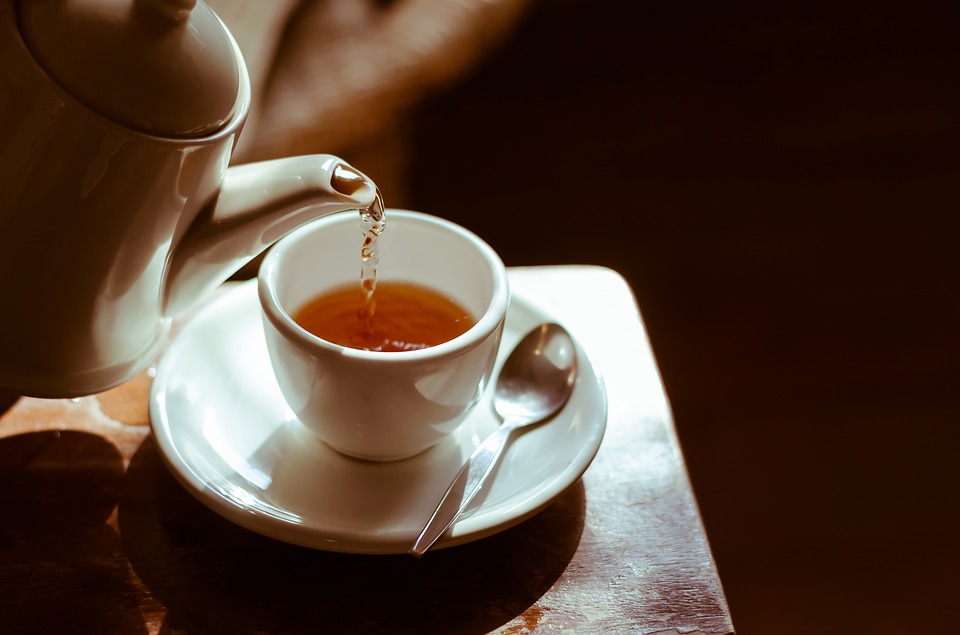Different Ways to Decaffeinate Tea
Posted by Selina Law on Mar 8th 2019
If you love drinking tea but have issues with caffeine, you may want to explore the decaffeinated tea option. All true teas—teas made with leaves, buds, and other parts of the plant, camellia sinensis–contain caffeine. Most herbal “teas” come from a variety of different plants and do not contain caffeine; however, there are exceptions such as yerba mate, guayusa and yaupon. When choosing decaffeinated teas, it helps to understand the different ways of how caffeine is removed.
There are four common methods of decaffeination for tea: using ethyl acetate, using methylene chloride, using carbon dioxide, or using water processing.
In the Ethyl Acetate decaffeination process, the tea leaves are usually moistened with water and ethyl acetate, an FDA approved solvent. The leaves are then dried and heated. The caffeine in the moistened leaves bonds with the ethyl acetate. During the drying process, the ethyl acetate and water is evaporated, taking the caffeine with them. Because ethyl acetate occurs naturally in tea leaves, it is considered naturally derived and its use in the decaffeination process is considered by many to be “natural.” While ethyl acetate effectively removes caffeine from tea leaves, it can also extract other chemical components or beneficial compounds as well. It can also alter the taste of the tea, making its flavor less desirable.
The Methylene Chloride decaffeination process works similarly as the ethyl acetate one, in which the molecules of caffeine bond to the molecules of methylene chloride and are evaporated during the drying process along with water. It is believed that methylene chloride is not the best possible and healthiest way of decaffeinating, and this method is forbidden in some countries.
In the Super Critical Carbon Dioxide decaffeination process, highly pressurized carbon dioxide is used as a solvent to dissolve caffeine from tea leaves. At pressure of 250 to 350 times atmospheric pressure, carbon dioxide is pumped into a sealed chamber containing tea, where it is allowed to circulate to remove the caffeine. From there, it is pumped into a washer vessel where water or activated charcoal is used to separate the caffeine from the carbon dioxide. The purified carbon dioxide is recirculated into the pressurized chamber. The process is repeated until the appropriate amount of caffeine has been removed. This decaffeination method does not leave any chemical residue and has a minimal effect on the flavor and beneficial compounds inherent to the tea.
The Water Process, also known as the Swiss Water Process, removes the caffeine by soaking the tea in hot water for a period of time. The resulting brew is passed through a carbon filter for caffeine removal. The liquid is then reintroduced to the tea for reabsorption of flavors and oils. This process is sometimes described as “watering down” the flavor of the tea and is not recognized by the tea industry as an effective decaffeinating method.
Many people have also tried to decaffeinate tea themselves by simply pouring out the first brew of their cup or pot. By infusing tea leaves in hot water for 1-3 minutes and then pouring off that infusion, you have washed away some of the caffeine in that tea.
No matter what method is used, the caffeine in tea cannot be completely eliminated. All decaffeinated dry tea leaves typically still leave a tiny percentage of caffeine residues. If you really can’t take any caffeine at all, herbal infusions can be good choices for you.


